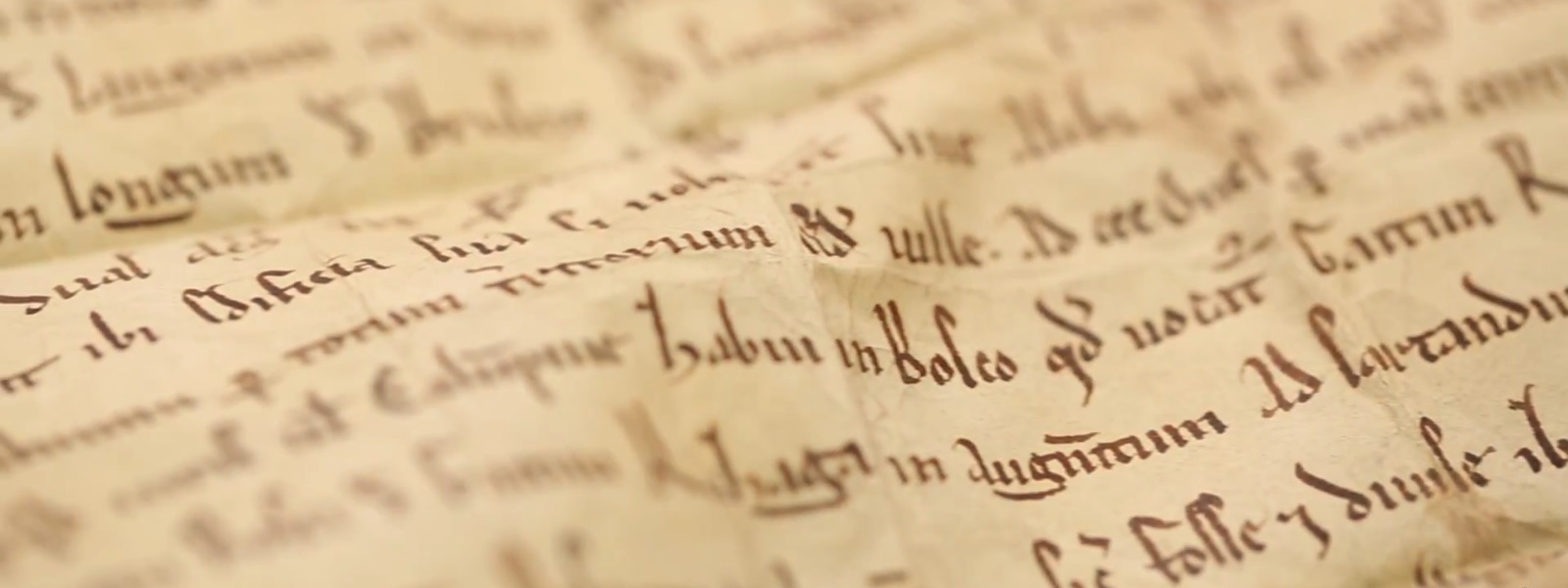Imprint Project

About the Project
Imprint is an interdisciplinary project, uniting cutting-edge scientific developments with historical methods. It uses forensic examination of hand marks found in the wax on the reverse of medieval seals to carry out historical investigation into what sealing practices tell us about the development of administrative and legal practices, about the rituals involved with exchange and about medieval ideas of identity.
On the forensics side, the study will provide data which is pertinent to on-going areas of research in Identity Science, providing a significant quantity of material from a period long before existing banks of fingerprint data, and contribute to discussions about the uniqueness of fingerprints and their evidential validity.
Medieval seals were the equivalent of modern-day signatures in legal terms, but unlike signatures, the combination of image and text enabled their owners to represent themselves in a certain way. By the fourteenth century men and women across society owned and used seal matrices; some were bespoke and some bought off the shelf – but all were necessary to validate any legal document with which the seal’s owner was connected.
Now, in the first project of its kind, Imprint will merge cutting-edge forensic techniques with traditional historical investigation to analyse the fingerprints and palm prints found on the back of wax seals, leading to new discoveries about social constructs and legal practices of the time, as well as provide data which will help current identity science experts.
Using specialist cameras operated by trained researchers, the fingerprints from around 1,500 seals will be logged on an online database. Those that are viable with be analysed using both tradition methods and forensic software.
From an historical perspective, Imprint will reveal more about medieval social networks and the bureaucracies and protocols behind authentication and security in medieval England. The results will help to answer questions about administrative, iconographic and legal changes and the ‘performative act of sealing’, and how this reflected social and legal relationships.
On the forensics side, the study will contribute important information to current debates in forensics, such as the uniqueness of fingerprints. Through comparing the fingerprints of different demographics at different times – medieval prints and ones from modern society – important statistical information can be gleaned. This information can be built into data regarding the likelihood ratios of finding the same prints on two different people to help advance finger mark identification as a science.
The project is funded by the Arts and Humanities Research Council (AHRC) and led by Dr Philippa Hoskin from the University of Lincoln, with co-investigator Dr Elizabeth New from Aberystwyth University. They will work across five centres; Lincoln Cathedral, Exeter Cathedral, Hereford Cathedral, Westminster Abbey and the National Library of Wales.
For the latest developments, please visit the Imprint Project blog.
This project will create an archive of fingerprints and associated detailed information about the seals, which can be incorporated into the catalogues of the five archive repositories involved in the project – Exeter Cathedral, Hereford Cathedral, Lincoln Cathedral, the National Library of Wales and Westminster Abbey.
The methodology used for the three-year project will go on to benefit other repositories with substantial medieval collections which are not directly involved, as they will be able to access information about how their material could be enhanced by employing the same methods used.
The co-investigators will also hold workshops specifically aimed at archival professionals, along with specialist classes for archive students, which will provide cutting-edge skills and knowledge for current curators and the next generation of those caring for sealed documents. These will take place in areas near each of the cathedrals involved in the project.
As the project progresses there will be a website created to document and make searchable, all the data correlated. It will also host online exhibitions of the documents and seals examined, as well as workshops geared towards the general public to offer a vivid insight into medieval life.
Imprint's forensic advisers, Forensic Focus, will present the data gathered at conferences and Home Office workshops and training courses. Once the project concludes, the researchers aim to publish its final conclusions in academic journals in their field.
Imprint will use cutting-edge forensic techniques, working with Forensic Focus Limited, to identify finger, thumb and palm prints on medieval wax seals, and possibly on parchment as well.
The seals and associated documents will be digitally imaged using a Foster & Freeman Crime Lite Imager. They will be analysed using traditional manual fingerprint comparison as well as digital methods of fingerprint recognition such as Automated Fingerprint Identification Systems (AFIS), which uses mathematical patterns – or algorithms – to identify fingerprints.
In analysing the prints the following forensic aspects will be investigated:
- The scientific debate on the uniqueness of prints. Although it is widely accepted that finger, thumb and palm prints are unique, this had never been scientifically proven. Meaningful data with respect to fingerprints has only been gathered over the past 50 to 100 years. By comparing data from this project involving medieval prints with existing fingerprint data of current databases, statistical information will inform the debate regarding uniqueness.
- Fingerprint persistence.
- Long term survival of prints on skin: There is limited published research regarding the recovery and visualisation of finger marks on skin. By using non-destructive, non-contact techniques to investigate if finger marks can be visualised on scarcely handled parts of the parchments (skin) an assessment of the effectiveness of the techniques can be performed and potentially provide evidence (positive or negative) for a Home Office project on the survival of fingerprints on skin over time.
Forensic Focus Limited, based in Ripley, Derbyshire, specialises in fingerprints and forensic quality assurance will provide the finger mark visualisation and fingerprint comparison expertise, as well as forensic knowledge input. Three associates will be allocated to the project and will provide training to the researchers on using the imaging equipment. All are former police personnel with significant experience in the fingerprint and forensic imaging profession.